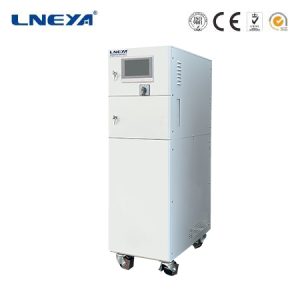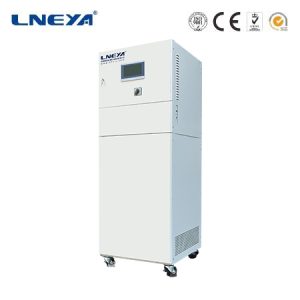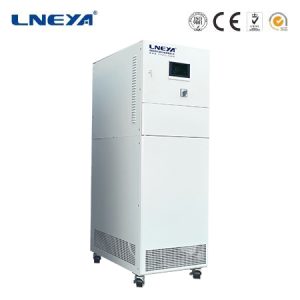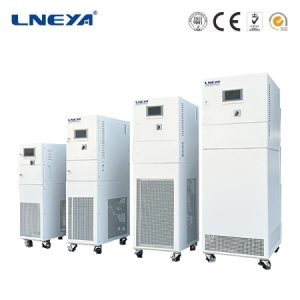Understanding the Differences Between Water-Cooled and Air-Cooled Chillers
In the world of industrial refrigeration, chillers are indispensable for maintaining optimal temperatures in processes such as manufacturing, food processing, and HVAC systems. Chillers can be categorized into two main types: water-cooled and air-cooled. Each type has its unique set of characteristics that make it suitable for specific applications.

Working Principles
Water-Cooled Chillers: These chillers use water from a cooling tower to absorb and dissipate heat from the condenser. The water循环 through the tower and the chiller, with the heat being released into the atmosphere, cooling the water which is then recirculated.
Air-Cooled Chillers: Air-cooled chillers directly expel heat from the condenser to the atmosphere using fans. They do not require water from a cooling tower, making them simpler in design and operation.
Advantages of Water-Cooled Chillers
Higher Efficiency: Water has a higher heat absorption capacity than air, which allows water-cooled chillers to operate at lower condensing temperatures and pressures, resulting in increased efficiency.
Larger Capacities: They can deliver higher cooling capacities with fewer units, making them suitable for large-scale industrial processes.
Longer Lifespan: Being indoors, water-cooled chillers are protected from the elements, which can extend their operational life.

Advantages of Air-Cooled Chillers
Lower Maintenance: They eliminate the need for cooling towers and their associated maintenance, such as water treatment and tower cleaning.
Ease of Installation: Most air-cooled chillers are pre-packaged systems, which are designed for quick and straightforward installation.
Better in Freezing Conditions: They perform well in locations where temperatures drop below freezing, as they do not face the operational challenges associated with cooling towers in cold weather.
Considerations for Choosing a Chiller
Capacity Requirements: Water-cooled chillers are suitable for larger cooling needs, while air-cooled chillers are ideal for smaller to medium applications.

Maintenance Budget: Consider the ongoing maintenance costs associated with water treatment and tower maintenance for water-cooled systems.
Environmental Factors: The climate and local weather conditions can influence the choice, with air-cooled chillers being more practical in areas with cold winters.
Energy Efficiency: Water-cooled chillers generally offer better energy efficiency, which can lead to cost savings over time.
결론
The choice between a water-cooled and air-cooled chiller depends on the specific needs of the industrial application, including factors such as capacity, maintenance, environmental conditions, and energy efficiency. Water-cooled chillers provide higher efficiency and larger capacities but at the cost of increased maintenance and complexity. Air-cooled chillers offer simplicity and low maintenance but are less energy efficient and have lower capacity ranges. Understanding these differences is crucial for selecting the most appropriate chiller system for any given application.
 LNEYA
LNEYA
 简体中文
简体中文
















































































